How Suboxone Works in Opioid Treatment?
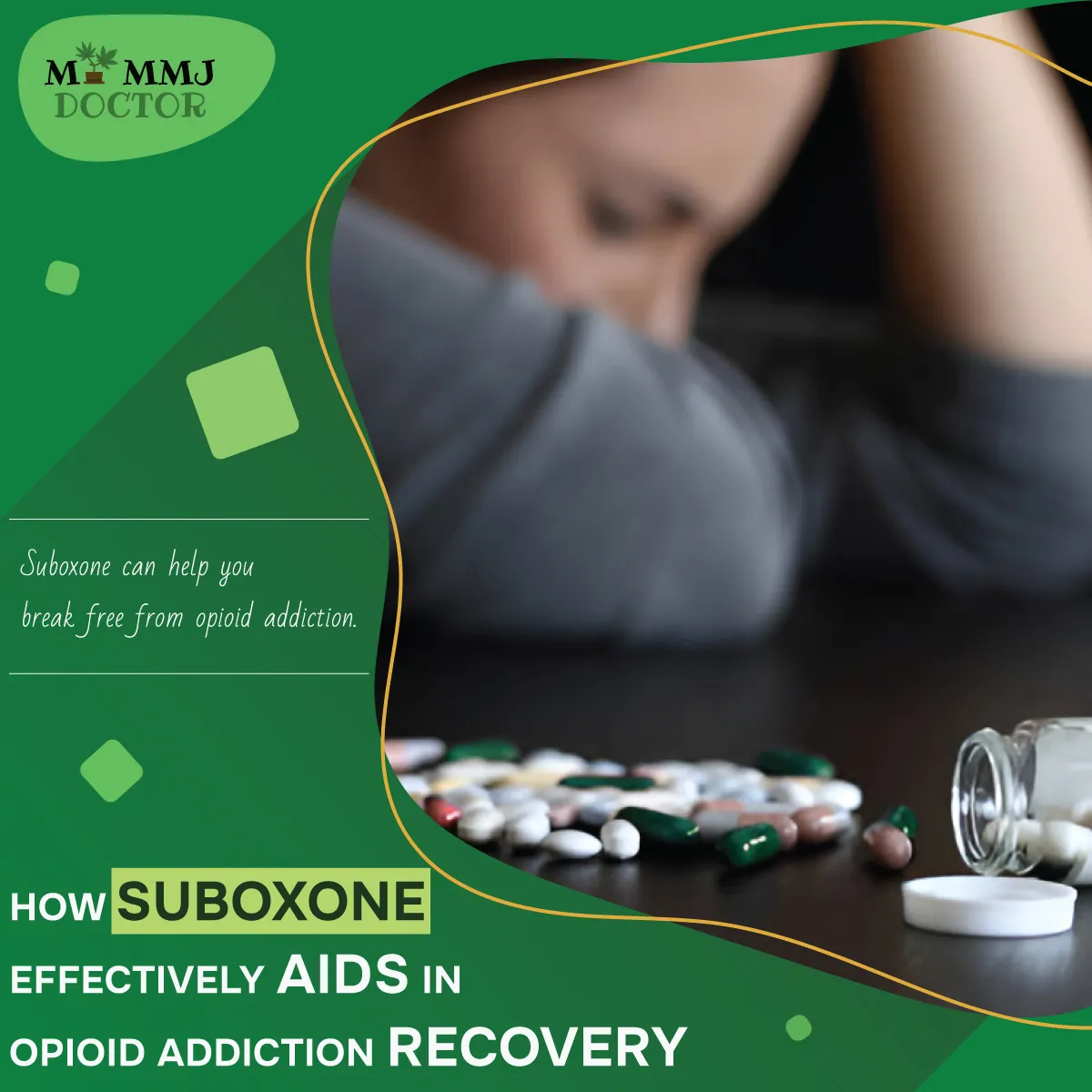
If you’re new to this approach, you may wonder how Suboxone works and what the process looks like. Understanding its role in addiction treatment can be a helpful first step toward a stable and sustainable recovery for you or a loved one.
What Is Suboxone?
Suboxone helps control cravings and withdrawal by blocking the brain’s opioid receptors, but it doesn’t activate them to produce a “high.” This means that the brain doesn’t receive signals for cravings or withdrawal symptoms, making it easier to avoid opioids.
If someone takes opioids like heroin or pain pills while on Suboxone, the receptors remain blocked so that those drugs won’t create any euphoric effects.
How does Suboxone work, and what does it do to your brain?
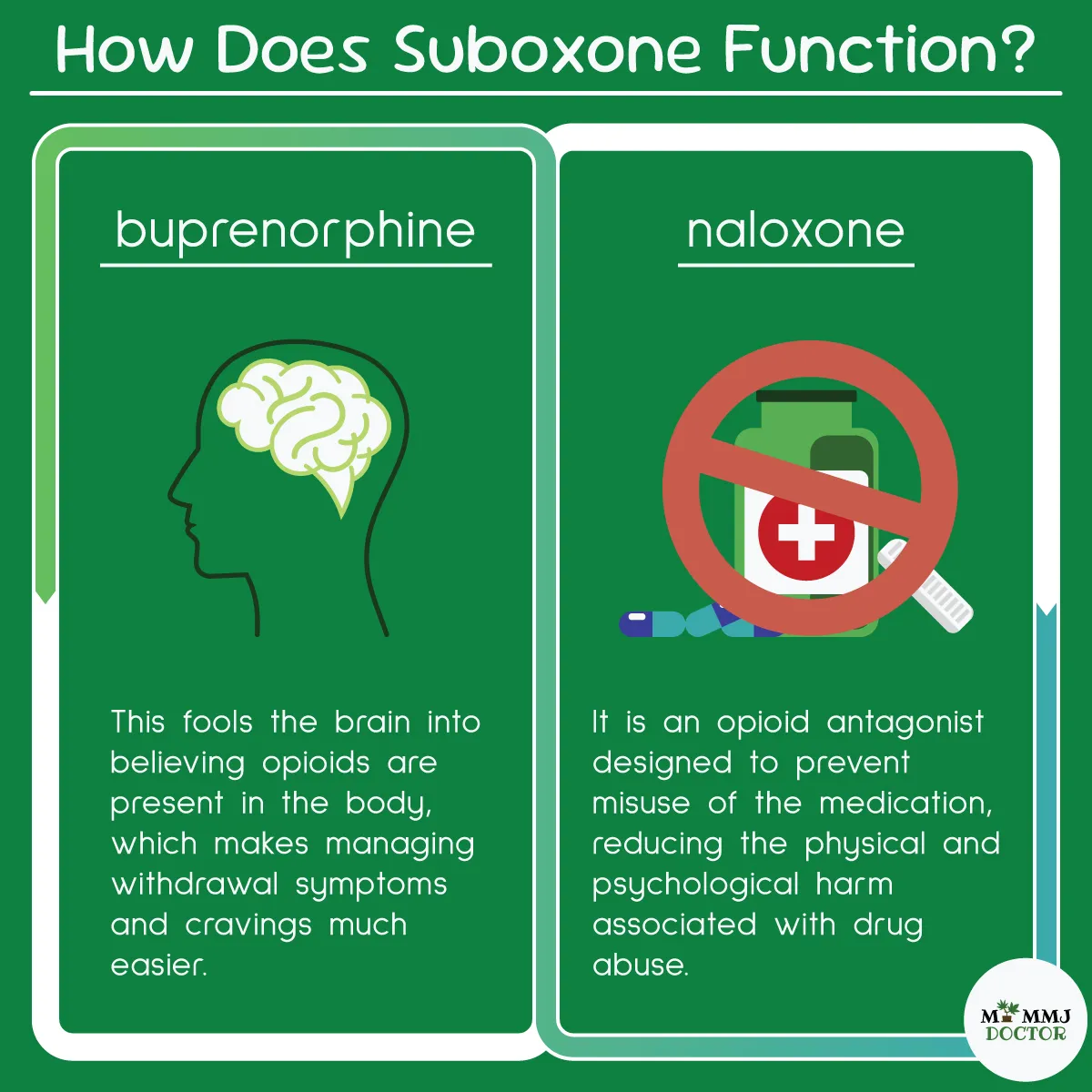
With strong opioids like heroin, fentanyl, and oxycodone, this effect is much more intense, leading to powerful feelings of pleasure or euphoria. Suboxone works differently—it attaches to the same receptors but doesn’t activate them as strongly. This helps reduce cravings and withdrawal symptoms without causing the extreme highs of other opioids, making it safer and more manageable for long-term recovery.
Why Are Opioids a Problem If Our Bodies Have Natural Receptors?
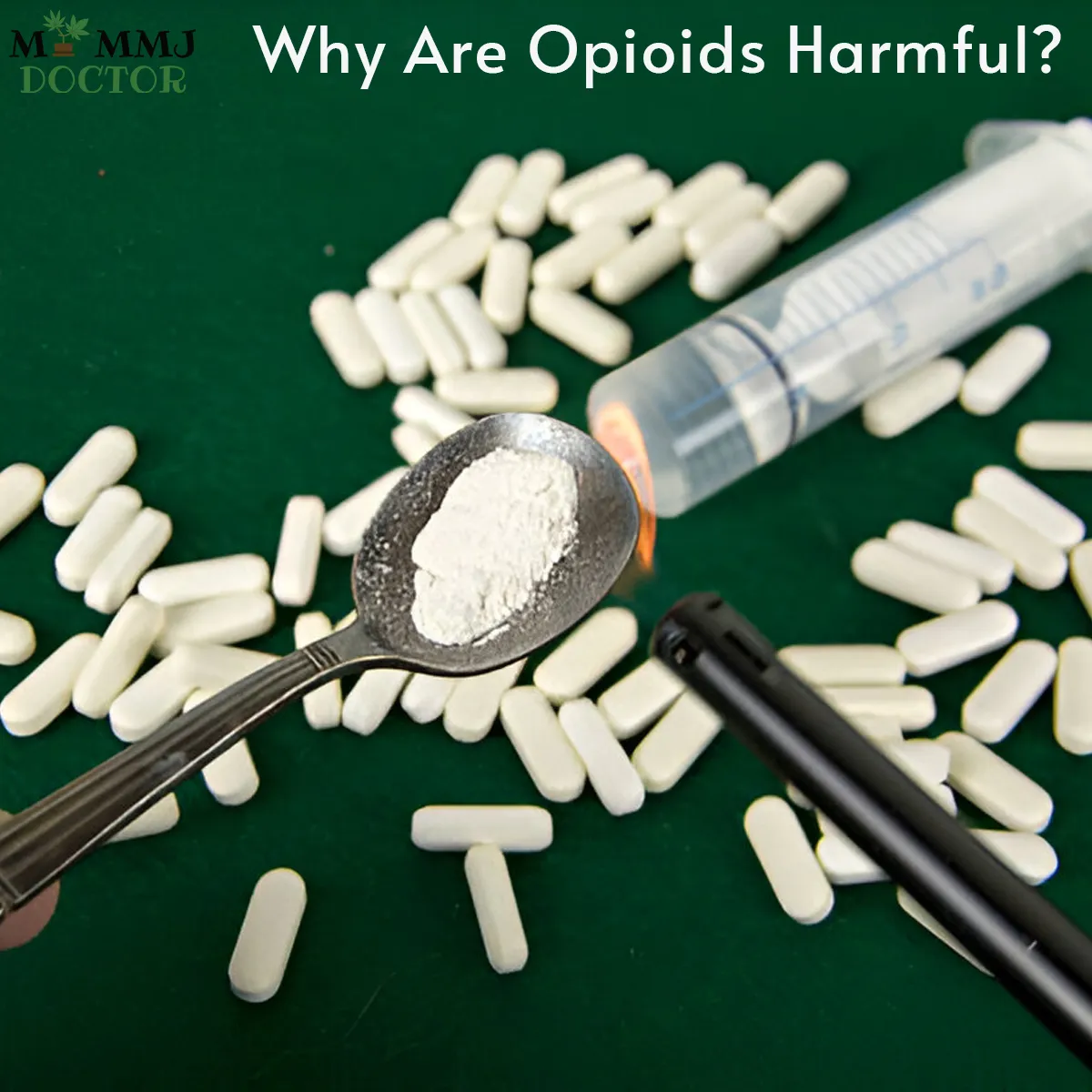
Eventually, stopping opioids altogether causes the brain to overproduce noradrenaline, resulting in withdrawal symptoms like vomiting, anxiety, shakes, and pain. Over time, opioids become necessary just to feel normal and function each day. In extreme cases, high opioid use can dangerously slow breathing, risking brain damage or even death from overdose.
How Does Suboxone Help?
Buprenorphine has a “ceiling effect,” meaning that taking more won’t increase its effects. This reduces the risk of overdose and limits the desire to increase doses. It also allows a steadier effect over time, making tolerance less of an issue. Many people on buprenorphine report feeling “normal” rather than high, making it easier to get through daily life without cravings or withdrawals. Some people may also gradually reduce their dosage to eventually stop needing it.
How Does Suboxone Compare to Other Treatments?
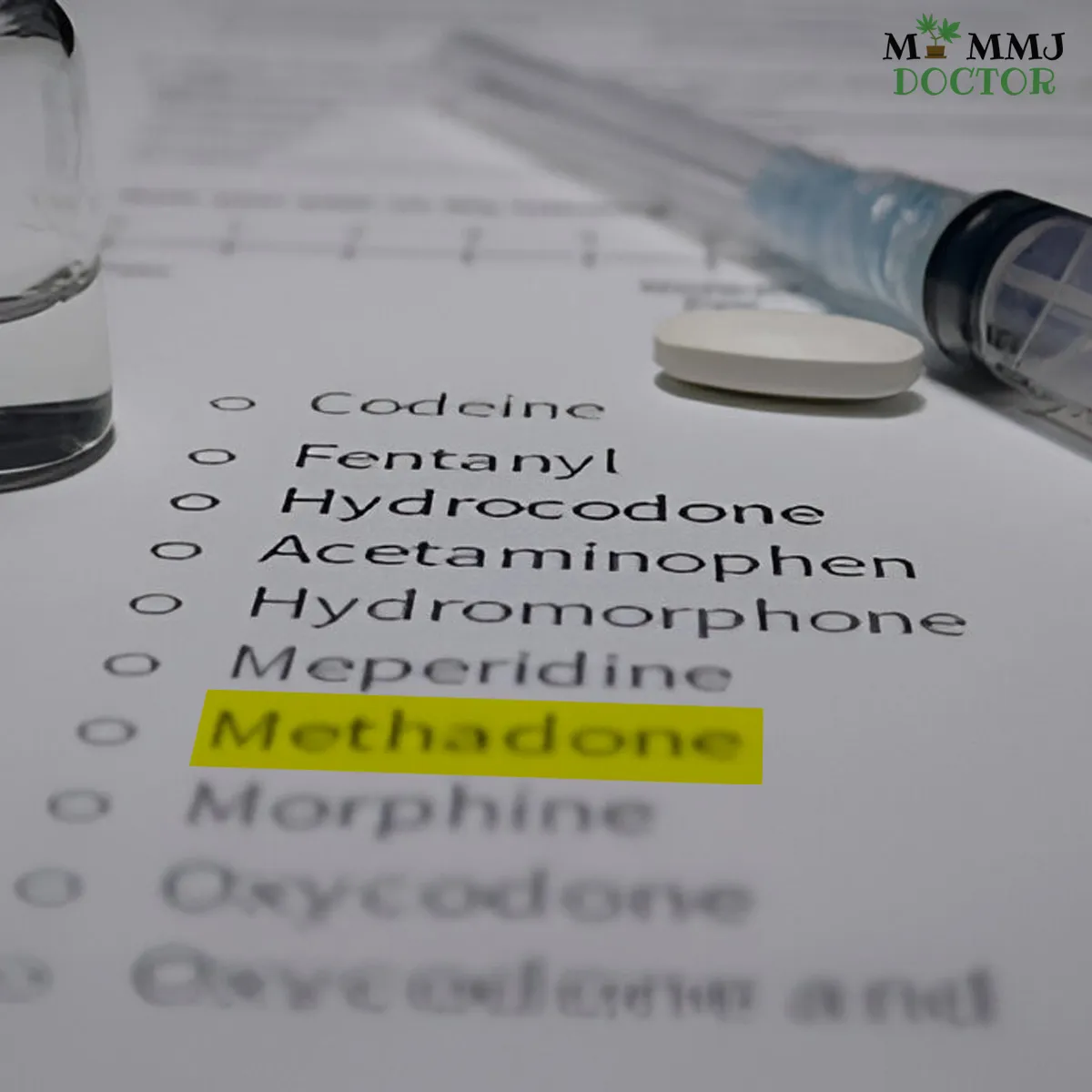
When Should Suboxone Be Taken?
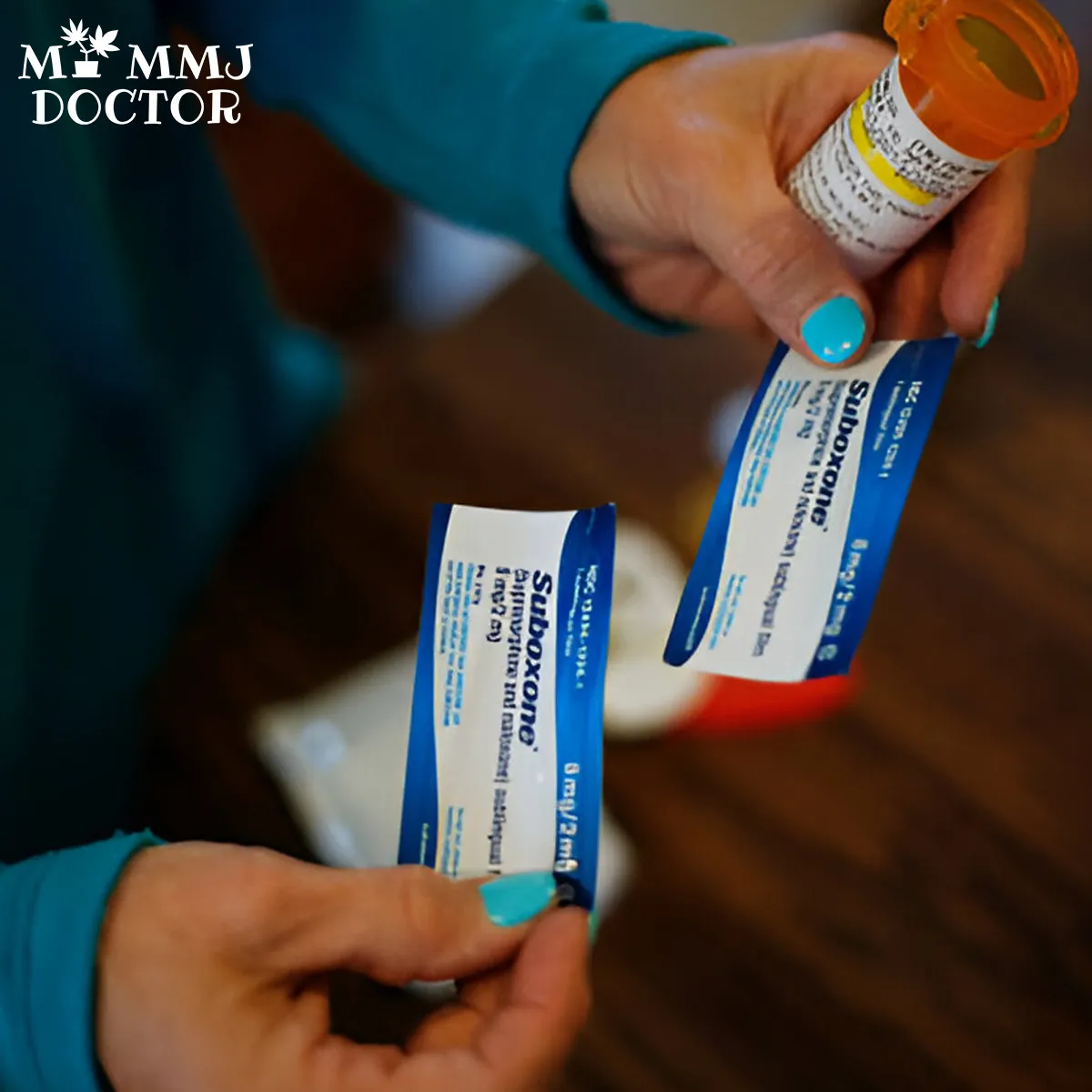
During induction, your doctor may use a tool like the Clinical Opiate Withdrawal Scale (COWS) to assess your withdrawal symptoms and determine the right time to start. Suboxone is a film that dissolves under your tongue, making it easy to use and effective for withdrawal relief. Your doctor will consider factors like your opioid use history and health background to decide if Suboxone is the best choice for your treatment.
What Are the Side Effects of Suboxone?

How Long Does Suboxone Treatment Last?
The duration of Suboxone treatment varies for each person. Some may need it for a few months, while others could benefit from longer-term use for several years, depending on individual recovery needs and guidance on how long you should be on Suboxone. It’s important to follow your doctor’s advice and not rush the process.
A single dose of Suboxone can last up to three days, but most doctors recommend taking it once a day at the same time. Factors like body weight, metabolism, and history of drug use can affect how long it works. Working closely with a doctor helps ensure the right dose and treatment plan for your specific needs.
How can you buy Suboxone?
You can buy Suboxone both offline and online, and to buy it online, My MMJ Doctor is here to provide you with a prescription. Here are 3 steps to buy Suboxone online from My MMJ Doctor:

- Sign-Up and Schedule an Appointment: Fill out a form with your details and medical information to get started.
- Consult with a Licensed Doctor: Attend a video call with a doctor to discuss your health condition and see if Suboxone is right for you.
- Receive Your Prescription: If approved, you’ll receive a Suboxone prescription, which you can use at a local pharmacy.
Click here to learn a few things you should keep in mind before buying Suboxone.
Conclusion
FAQs
- How does Suboxone help with opioid cravings?
Suboxone helps with opioid cravings by containing buprenorphine, which partially activates opioid receptors in the brain. This eases cravings and withdrawal symptoms without producing a strong “high,” making it easier for people to manage cravings and stay in recovery.
- Why is Suboxone used in addiction treatment?
Suboxone is used in addiction treatment because it provides a safer way to reduce withdrawal symptoms and cravings. It can be prescribed by doctors and is effective in both supervised and unsupervised settings, giving people flexibility in their treatment.
- How long do Suboxone side effects last?
Common side effects of Suboxone, like headache, stomach pain, or sleep issues, are generally short-term and may last a few days to a few weeks as the body adjusts. If side effects persist or worsen, it’s best to consult a healthcare provider.
- What is the role of naloxone in Suboxone?
Naloxone in Suboxone helps prevent misuse. If Suboxone is injected, naloxone can block opioid effects, which discourages tampering with the medication. When taken as prescribed, naloxone remains inactive, allowing buprenorphine to ease cravings safely.
- Can you stop Suboxone abruptly?
Stopping Suboxone abruptly is not recommended. Gradual tapering is safer and helps avoid withdrawal symptoms. A healthcare provider can help set up a slow reduction plan to make stopping Suboxone more comfortable.
Related Articles
How to Get Suboxone?
How to Get Suboxone?Opioid use disorder (OUD) is a public health issue that affects millions of individuals and their families. As the crisis gets worse, good treatment options are important for helping people take control of their lives. One...
How Long Should You Be on Suboxone?
How Long Should You Be on Suboxone?Some people may choose to take Suboxone for just a few months to manage withdrawal, while others may need it long-term to treat opioid use disorder (OUD). Suboxone helps reduce cravings, eases withdrawal...
What is Suboxone?
What is Suboxone? Uses, Dosage and MisconceptionsAddiction is a serious condition that changes people's life both personally and professionally. Not only that but also changes how the brain works, making it hard for people to stop using...

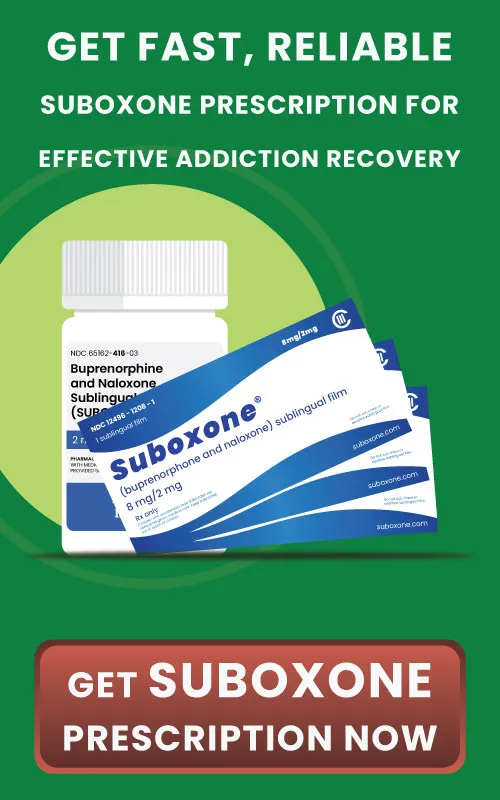

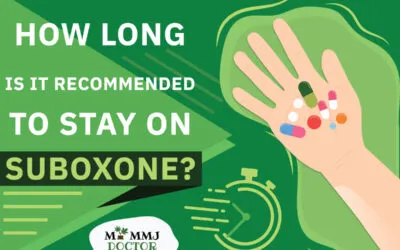

0 Comments